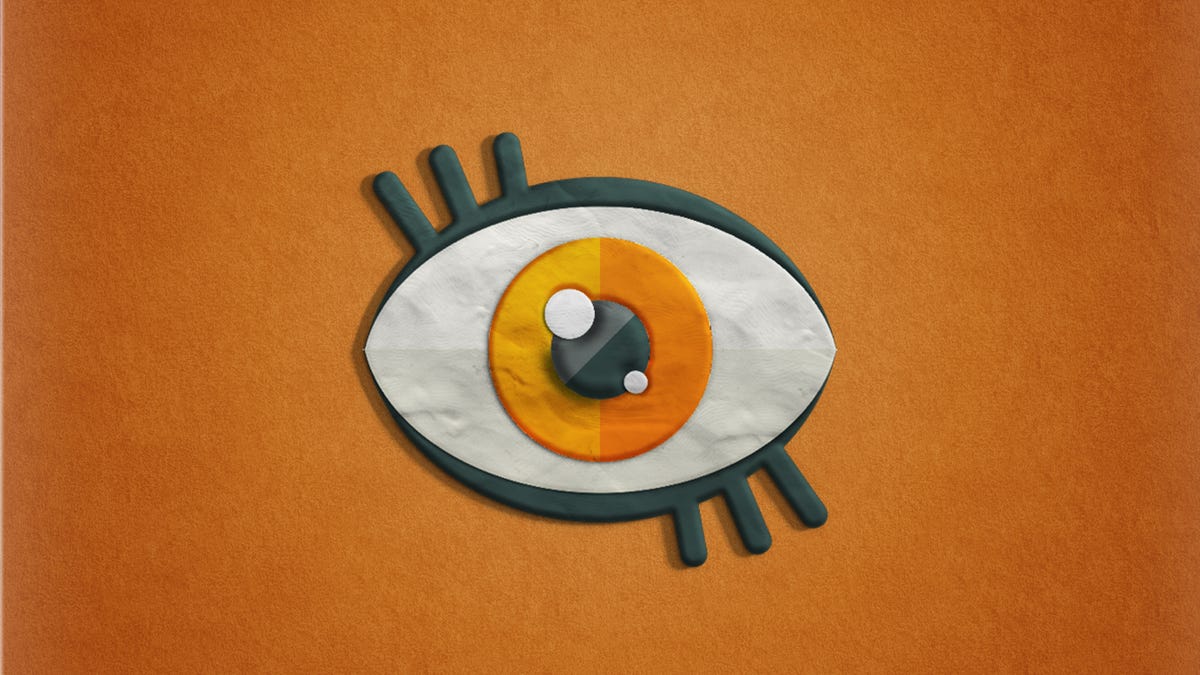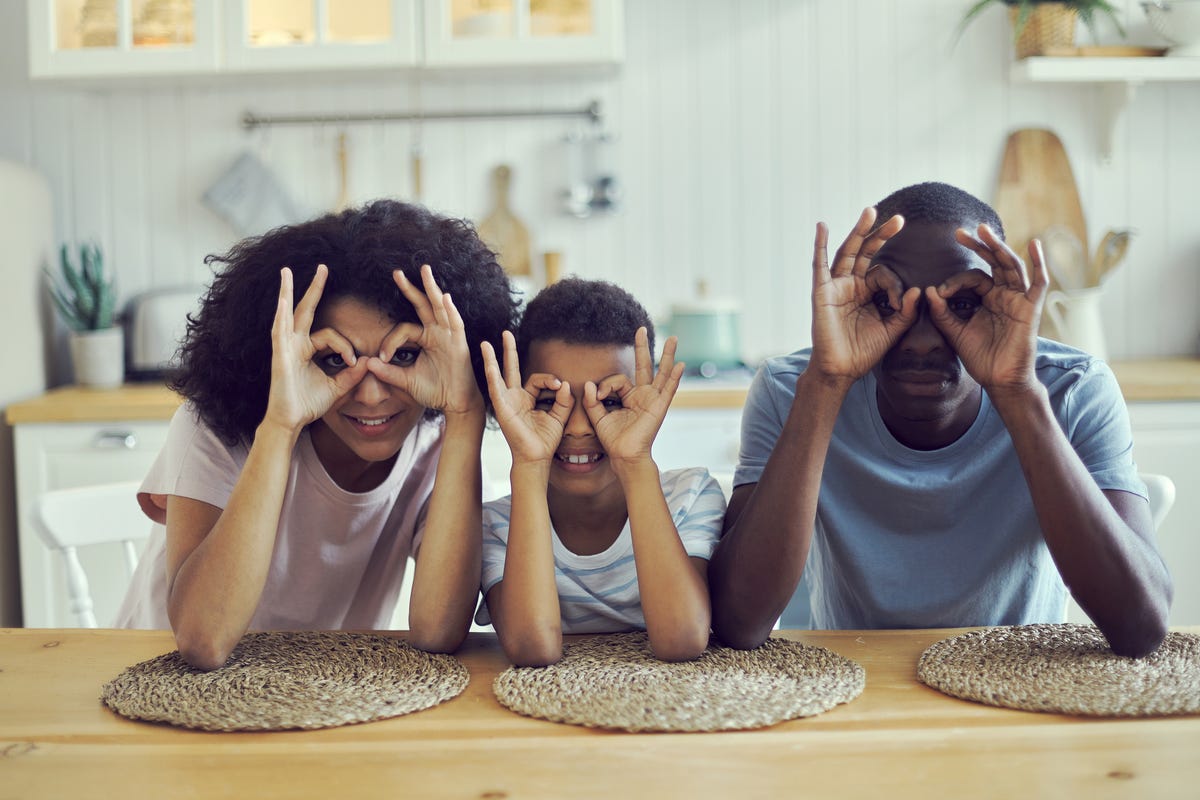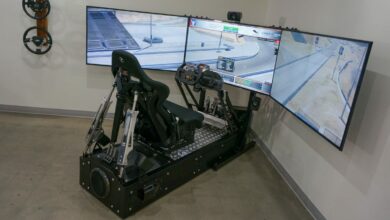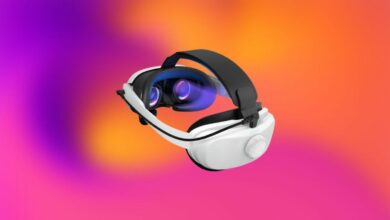Why is myopia so common? A look at why the view is changing



An extensive review of research published this week in the British Journal of Ophthalmology focused on myopia, or nearsightedness, in children, finding that around a third of children and teenagers have problems seeing at a distance.
The fact that cases of myopia are increasing isn’t necessarily new information, but the latest research draws attention to how our daily lives have returned to more time indoors looking at things up close – especially during the pandemic – and reinforces the idea that this can affect young and developing eyes.
Researchers predict that by 2050 about half of the world’s population will be nearsighted. This is probably not a coincidence, but could instead be a result of our environment and the way our eyes adapt to the new tasks (and books and screens) at hand, according to Dr. Viola Kanevsky, former president of the New York State Optometric Association.
In addition to genetics, the reason so many of us start squinting when reading a road sign may be that our eyes have adapted to a more indoor, in-your-face environment as they grew to their adult shape and height.
This is in contrast to someone with ‘perfect’ vision or someone who is farsighted, who would be much better suited to seeing danger in the distance. It’s even possible there maybe there were more before, compared to the smaller share of 5 to 10% of farsighted people today. (Age-related presbyopia, which gives you farsightedness because you can’t see up close, is actually a different condition.)
“We think in part this is an adaptation to our environment,” Kanevsky said last year. “The man who survived was the man who could see the tiger coming to eat him first.”
We don’t hunt tigers much anymore, but there are health risks associated with being farsighted or nearsighted, especially severely nearsighted. Here we take a closer look at what Kanevsky says it means to be nearsighted versus farsighted, how to slow the risk of myopia in children, and other ways our eyes can reflect the new world we live in.
Read more: How a huge eyeball shows that we don’t quite know what new technology will do to our vision
How myopia and farsightedness develop
There is a genetic influence on whether you are nearsighted or farsighted, also called hyperopia. This means that if one or both parents need glasses, you are more likely to need them yourself. For example, if a parent is nearsighted, their child has about a 30% chance of also being nearsighted, Kanevsky said.
Anatomically speaking, there are differences between a nearsighted and farsighted eye. A nearsighted eye is typically considered “longer” than a perfect eye, while a farsighted eye is considered “shorter” than a normal eye.
Most babies are born somewhat farsighted, Kanevsky says, until the eyes reach the proper length. For people who remain farsighted, vision correction may be necessary to help them see closer and reduce eye defects risk of eye strain and crossed eyes.
In people with myopia, this probably developed during childhood as the eye continued to grow and become longer than what is ‘normal’. The transition from slightly blurry to total blur may seem inevitable, but it is not. Myopia is not reversible, but severe myopia is is Preventable for many people.

Your family history and genes influence your eyesight, but that’s just one piece of the puzzle.
The sweet spot of myopia
Catching myopia in its early stages can help keep people at that relative sweet spot: vision that is demonstrably better adapted to their environment, but not so myopic that they have a increased risk of eye diseases such as glaucoma and retinal detachment, for which nearsighted people are already at greater risk.
This sweet spot maxes out at about 3 diopters, or a “negative three” prescription, according to Kanevsky.
To control nearsightedness, there are some treatments approved by the U.S. Food and Drug Administration for children whose eyes are still developing and children are only slightly nearsighted. Parents and teachers are in a good position to notice this, for example by squinting to read the blackboard.
One of these methods is orthokeratology, which uses a hard lens that children insert at night and remove during the day. It works by temporarily flattening the cornea, correcting vision during the day until you start the whole process again the next night. This is one similar, non-surgical method to Lasik.
There are also specific soft lenses for myopia control, according to Kanevsky, and they are approved by the FDA. She adds that while some ophthalmologists prescribe contact lenses for myopia for adults, or for someone who is very nearsighted (that is, more than 3 diopters), she is hesitant to flatten the cornea too much.
Another method is a low dose atropine drops used for myopia control, but only off-label, because the exact way they work isn’t yet clear enough to be approved by the FDA, Kanevsky says.
All of these methods in children are about 50% effective in reducing myopia, Kanevsky says. Growing eyes typically change about half a step per year, she says, for example from -2 to -2.5 in one year. With intervention, it could change to a -2.25 instead.
“By intervening early with these methods, we can slow that down to a quarter step per year,” she added.

The risks of the different methods for controlling myopia are still being researched, but it may be worth discussing for children at risk of severe myopia, in combination with the most simple and effective way to curb myopia: spending time outdoors. Based on myopia control studies, children who spend between 80 and 120 minutes per day outdoors have a reduced risk of developing myopia. International Myopia Institute.
Exactly how spending more time outdoors slows the growth of myopia is a little less clear.
“Is it just because you’re looking at something further away that’s slowing down the process, or is it actually something about full-spectrum light that’s keeping the retina from stretching and growing?” Kanevsky said, adding that being active can provide other health benefits, even in adults, which can also promote the health of your eyes lowering your blood pressure or blood sugar levels.
Besides following the 20-20-20 rule, there is no evidence that you can significantly improve (or harm) your eyesight as an adult after your eye has reached its final shape and size. Follow the rule — which involves taking a break from screens or reading up close every 20 minutes while looking from 20 feet away for 20 seconds — can prevent your eyes from becoming tired from too much screen time.
Age-related blurred vision is not the same as being farsighted
Around middle age, people begin to have difficulty seeing things up close, which gives them a prescient effect. The reason why it occurs is different from ordinary farsightedness, resulting in an unavoidable condition called presbyopia.
Inside the eye, we have a crystalline lens that pulls objects in and out of focus, similar to how you would focus a manual camera, Kanevsky says. As you get older, the lens becomes less flexible.
“Around 40, that lens grows like a little onion and adds layers, becomes stiffer,” she said. “Even someone who has always had perfect vision suddenly needs reading glasses and starts to figure things out further.”
In people who are farsighted, this may happen a little earlier than in people with normal vision, because their eyes are already focused on what is in the distance, with less clarity up close. People who are nearsighted may be older before it becomes a problem, but they also eventually succumb to age-related blurriness.
There is no treatment, but there are things that can make short-distance vision a little easier, such as reading glasses or contact lenses. You can also ask your doctor about these over-the-counter eye drops. Progressive lenses are another option, especially for people who already wear single vision glasses.
Give it a few decades (or a few hundred or a thousand years), and perhaps our eyes will undergo another trend shift, giving older people the same reading and seeing ability as the young (without glasses) as we live longer and grow older. more technology-oriented. Whatever the future brings, for better or for worse, perhaps our eyes will continue to adapt to the world we live in.




